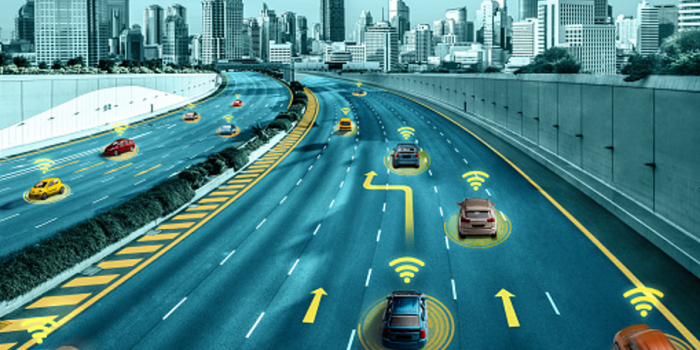Autonomous Vehicles and the Amazing Technology that Powers Them
Source: Pixabay No Attribution Required
Autonomous vehicles, a.k.a. self-driving vehicles are technological wunderkinds. They are heavily reliant on complicated algorithmic functionality, including actuators, sensors, and all manner of machine learning systems. These are all wrapped up in space-age processors which execute these functions. Self-driving cars include trucks and passenger vehicles, where the human driver is actually not needed to run the vehicle. Clearly, the level of sophistication of these vehicles is off the charts, and tremendous programming, planning, and strategizing is required.
One of the biggest challenges with autonomous vehicles is the environment. These modern-day marvels operate in a dynamic environment where all sorts of hazards are present all the time. Humans, animals, terrain, weather, and myriad uncontrollable variables factor into the equation. At the time of writing, there were no fully autonomous vehicles fit for caring human passengers on roads anywhere in the world. However, there are partially autonomous vehicles which feature elements like lane assistance, and break assistance if the censors deem that necessary. Despite their futuristic nature, autonomous vehicles are going to revolutionize the global landscape in a big way. Already, the world’s major automakers and tech titans from Silicon Valley are investing heavily in the technology – particularly cloud computing technology to bring these bold ideas to life.
The 6 Levels of AI Vehicles
Autonomy a.k.a. independence is a scaled term vis-a-vis vehicles. There are typically 6 layers of autonomy in a vehicle, including the following:
- 0 – all the major systems of these vehicles are fully controlled by human drivers
- 1 – specific systems may be controlled by the vehicle such as automatic braking, cruise control, one system at a time.
- 2 – these autonomous vehicles allow for at least 2 automated functions simultaneously. These may include steering and acceleration. A human driver is needed for safe operations.
- 3 – these types of autonomous vehicles are capable of managing all of their safety-critical features and functions under specific conditions. However, the driver must be prepared and able to take over when necessary.
- 4 – these vehicles are completely autonomous and a specific driving conditions only.
- 5 – the ultimate in autonomous vehicle technology – a fully autonomous vehicle in every situation.
Autonomous vehicles are largely the brainchild of the tech geniuses in Silicon Valley, California, Israel, and India. Major companies such as Tesla, Google, Nissan and scores of start-ups are heavily invested in this technology. Recently, Microsoft announced a major partnership with Cruise (owned by General Motors) to provide $2 billion of cash for cloud computing, self-driving functionality. From an Artificial Intelligence perspective, algorithmic machine learning is where it’s at. The profitability of these ventures is dependent upon the computing resources, the skill of the engineers, designers, developers, and scientists, the algorithms, and the data infrastructure within which the system operates.
Filtering Out Redundant Elements on Self-Driving Vehicles
Clearly, autonomous vehicles must be able to filter out irrelevant content which may otherwise cause collisions on the road. These include sensors which can deal with benign flashes of light, and not react as if they are a hazard. All camera technology that accidentally records an illusion, and act inappropriately. On a rudimentary level, the concept is illustrated effectively tools and applications such as BlockSite which is used by humans to filter out all the unnecessary noise on the Internet to allow for greater work productivity, or study productivity. This particular technology is easily installed on browsers of computers for home-based users.
Extrapolating such a system [in an advanced state] to an autonomous vehicle clearly has the potential for life-saving benefits. Higher levels systems used by autonomous vehicles can be programmed along similar lines, with a lot more technical finesse. Light reflection, and refraction can interfere with sensors, cameras, and other hardware on the vehicle. Of course, there are static which masquerade as animals or humans and present as potential hazards. Statues, busts, metal-framed animals, mannequins, and the like. Clearly, the AI algorithms and the complex sensors must be able to determine what is real and what is not.
The industry is in its infancy stages, and there are no limits to how far we can go with what is available, and what’s to come. We are on the cusp of a paradigm shift in technological development, and the world is about to transformed right before our eyes.


